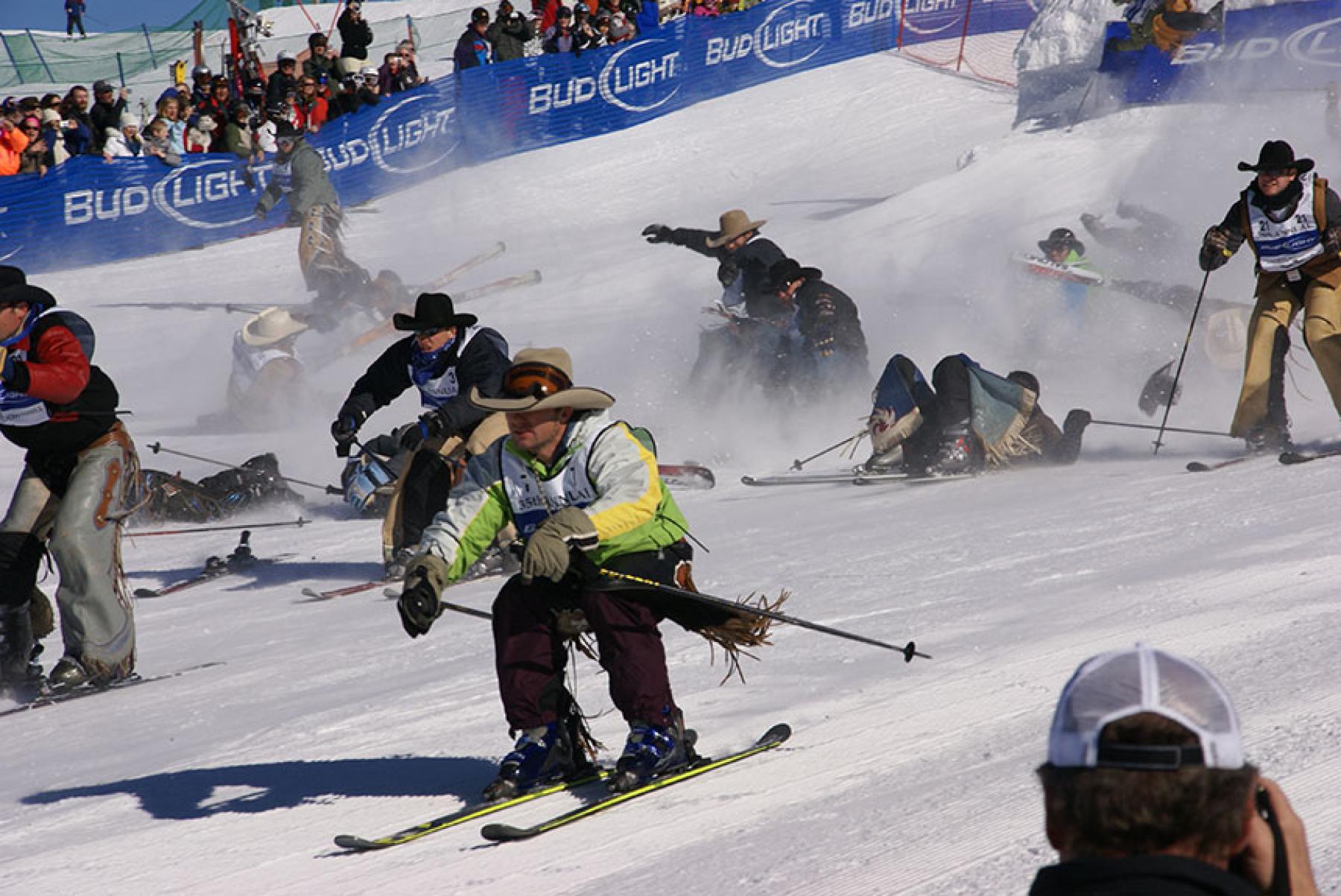Another (Costly) Day in Paradise

Why are insurance premiums so high in Colorado’s mountain and Western Slope communities? Residents and businesses there are grappling with this question, and policymakers are searching for answers.
Could one of the reasons be that so many people in those communities lead active lifestyles that often result in injuries? It’s an explanation I’ve heard numerous times.
Many people choose to live in these areas partly because they can so easily step out their front door and in minutes be skiing down the best powder in the country or hop on a mountain bike and zip through the forest. On the one hand, busted knees and broken bones might just be part of living in a recreational paradise. On the other hand, injury-inducing, active lifestyles might also be contributing to the high cost of health care there.
This theory sounds plausible. But is there evidence this is the case?
An analysis presented to the Colorado Cost Commission says: probably not.
The Cost Commission (formally known as the Colorado Commission on Affordable Health Care) was created by the state’s legislature in 2014 and consisted of experts across the health care spectrum. The Commission wrapped up nearly three years of work and submitted its third report to the legislature and governor two weeks ago. (Full disclosure: the Colorado Health Institute provided analytic and research support to the commission.)
With the assistance of the actuarial firm Lewis & Ellis, the Cost Commission examined whether the higher use of imaging such as X-rays and advanced imaging services such as MRIs in mountain and Western Slope communities is specifically related to injuries. The analysis revealed that such services are indeed performed frequently in these areas for diagnoses such as bone fractures. In fact, they occur two to four times more often per capita than in the rest of the state. This is consistent with the idea that an injury-prone lifestyle could be contributing to high costs.
However, imaging and advanced imaging services are performed a lot more frequently than the rest of the state for nearly all medical diagnosis categories, even those that are unrelated to injuries, such as cancer. This casts doubt on the notion that the active outdoor lifestyle in the mountain and Western Slope communities is the main reason for the high cost of health care there.
Then why the higher use of expensive services in mountain and Western Slope communities? The Cost Commission’s analysis only scratched the surface. It’s possible that those residents tend to have poorer health conditions. The population there tends to skew a little older, after all.
Another possibility is that some of these medical services are overused. For example, an MRI machine may be used in instances that are not medically appropriate. This of course is a provocative hypothesis, and one that the Cost Commission could not test with the limited data it had available.
Even though the Cost Commission’s work has ended, the effort and research necessary to find solutions to Colorado’s health care challenges continues.
